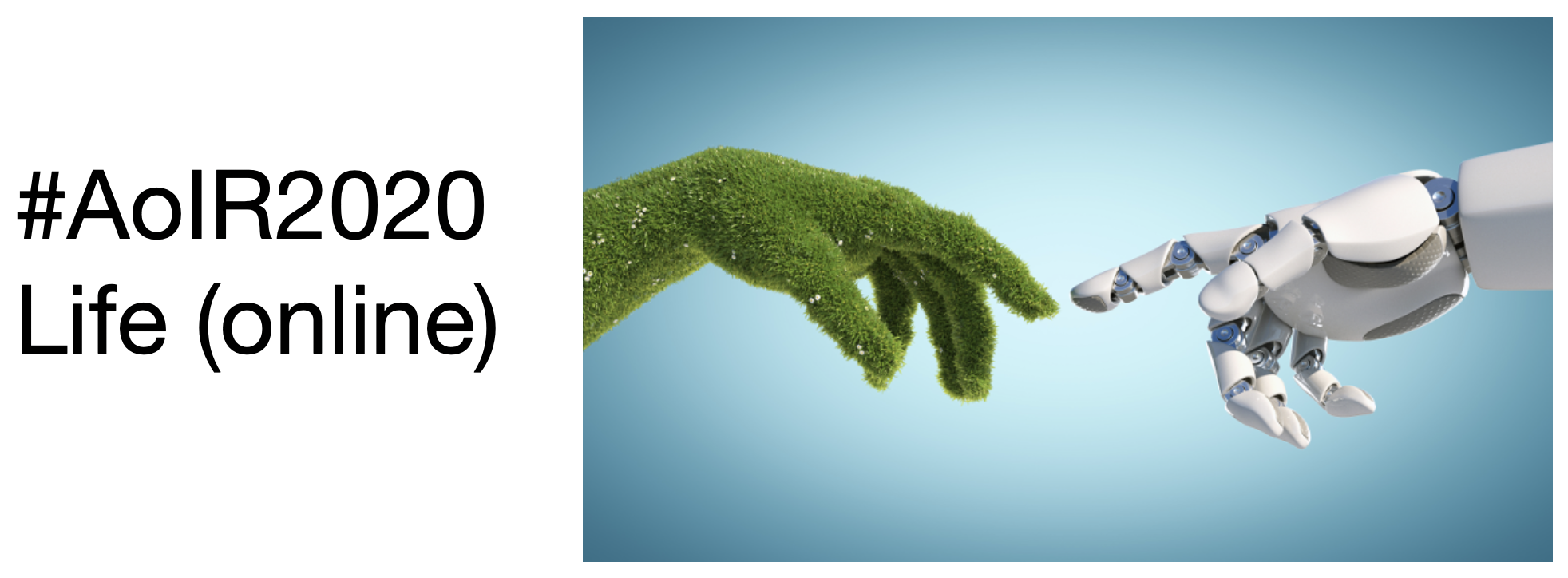FROM USER GENERATED CONTENT TO A USER GENERATED AESTHETIC: INSTAGRAM, BRANDS AND THE APPROPRIATION OF DIGITAL PHOTOGRAPHY
DOI:
https://doi.org/10.5210/spir.v2020i0.11330Palabras clave:
Social Media, User-generated content, Commercial Appropriation, Selfie, Celebrity, InstagramResumen
Recent research has emphasized the increasing professionalization of ‘user-generated content’ for digital networks and social media. This paper highlights a contrary but parallel process: the aesthetic ‘vernacularization’ of brand images on social media and the adoption of recognizably ‘amateur’ styles by corporate brands. Analyzing the official Instagram accounts of 24 leading fashion brands between 2014-18, our research project identified eight distinctive patterns in the corporate adoption of vernacular photographic styles. In this paper we discuss the three most common patterns: (1) Regramming: sharing and crediting users’ photographs on the brands’ official feed ;(2) Vernacular celebrity: posting the ‘amateur-looking’ photographs of a celebrity or model associated with the brand; (3) Brandfies: selfie-style images created by brands themselves where the brand appears to be the ‘self’ that performs its own representation. Following this analysis, we argue that user-generated content has become detached from its primary authorial configuration (being generated by non-professional users) and has solidified into a recognizable style, a ‘user-generated aesthetic’, available for brand appropriation. This detachment constitutes a form of ‘context collapse’ that is characteristic of social media in other respects, but here appears in visual form: as the collapse of contextual distinctions that enable viewers to infer authorial status, milieu and purposes from visual indicators. It further conforms to the expansion of branding practices beyond the purview of marketing, advertising and celebrity into all aspects of social life, and in particular to Instagram as a social media platform that enacts marketplace logics.

